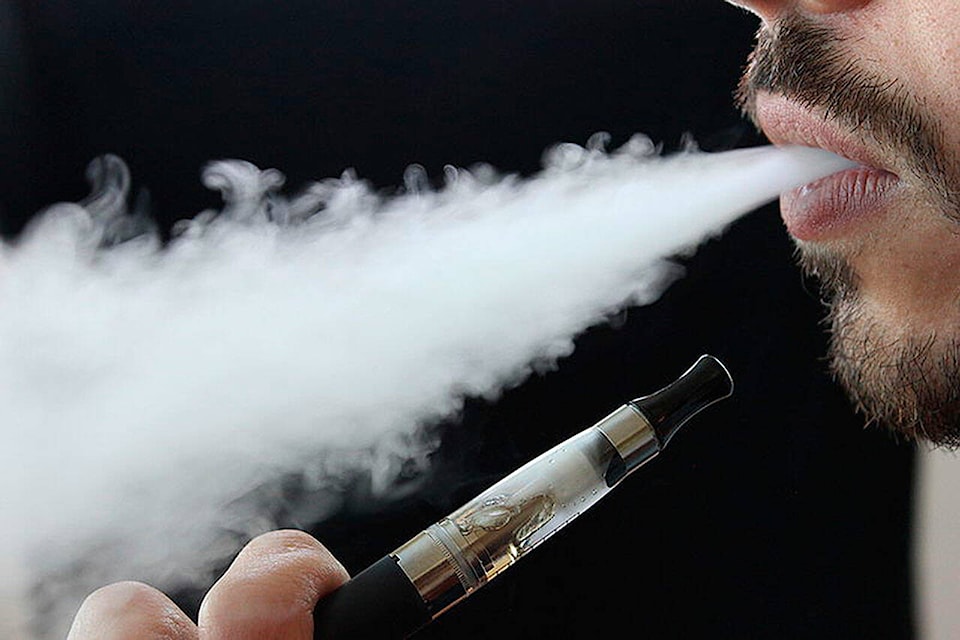The Liberals expect a new bid to curb smoking rates in the federal budget will generate $1.7 billion in new revenue for the government.
The increased cash flow coincides with the launch of a new $1.5-billion drug plan to offer universal coverage for contraceptive and diabetes medications.
Both programs were billed as new health measures in the budget tabled in the House of Commons by Finance Minister Chrystia Freeland on Tuesday.
Health Minister Mark Holland announced the launch of a new pharmacare program in February, following fraught negotiations with the New Democrats.
The NDP pushed for the government to cover several categories of drugs as the Liberals pushed back on the cost, citing a “challenging fiscal framework.”
Holland was reticent to share the cost of the program at the time, and said the price tag was likely to change based on negotiations with provinces and territories.
As it stands, the government plans to spend $59 million over the next year, and increase annual spending to $477 million by 2027.
The new costs will be entirely offset by renewed efforts laid out in the budget to discourage people from smoking and vaping.
The government plans to increase the excise tax on a carton of cigarettes by $5.49 starting Wednesday, which the Liberals expect will bring in $1.36 billion over five years.
The tax on vaping products will increase by 12 per cent in July, and bring in $310 million over five years.
The cost of excise taxes are often passed on to consumers through higher prices, which the government hopes will deter people from taking up smoking.
“Enticed by appealing marketing, millennials and Gen Z are picking up new forms of old bad habits, vaping nearly as frequently as the baby boomers smoked cigarettes,” the budget document reads.
The goal of Canada’s tobacco strategy is to lower the smoking rate to less than five per cent by 2035.
The smoking rate among people 15 years and older as of the last government survey in 2022 was 10.9 per cent, and the rate of youth vaping in that survey was 30 per cent.
While the pharmacare program is by far the largest new health-care promise in the budget, the Liberals are still on track to spend $13 billion over five years on a new dental program for uninsured families with low and middle incomes, and have promised provinces billions to bolster their ailing health systems.
All were conditions of the supply-and-confidence agreement with the NDP, which sees the New Democrats supporting the minority Liberals on key parliamentary votes, including the budget.
Tuesday’s spending plan also announced efforts to make good on the final remaining health-related promise to the NDP: legislation on long-term care.
Long-term care as a health service falls under provincial jurisdiction, and there is a patchwork of rules across the country that govern how the homes should be designed, operated and maintained.
The pandemic cast a harsh spotlight on care homes across the country that were ravaged by COVID-19 outbreaks.
Freeland’s budget pledges to table a bill that would enshrine national standards for care homes into law, but leave it to provinces and territories to decide whether or not to adopt them.
READ ALSO:
READ ALSO:



